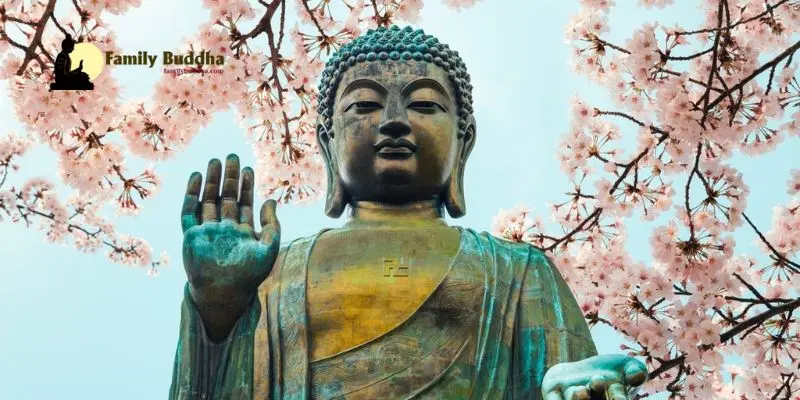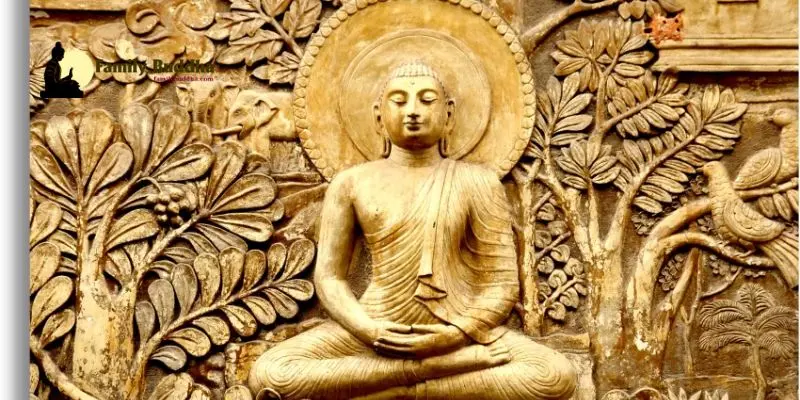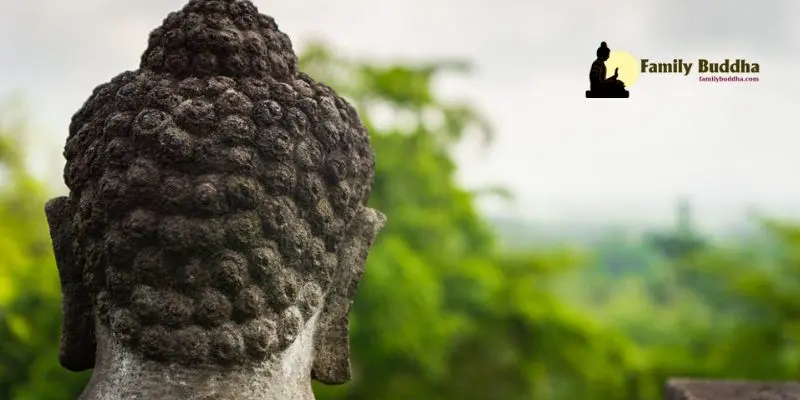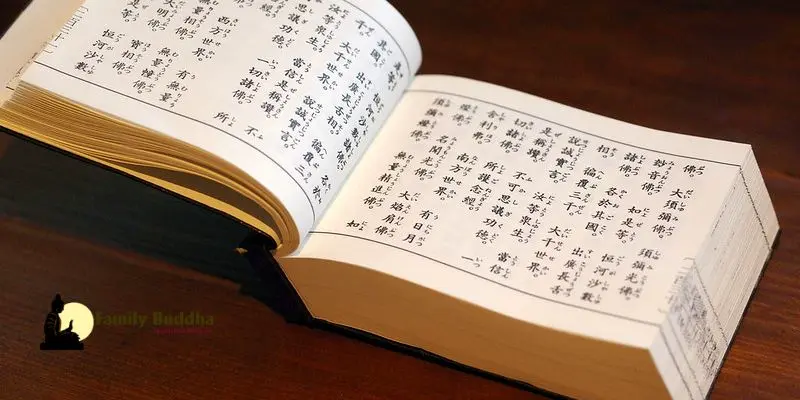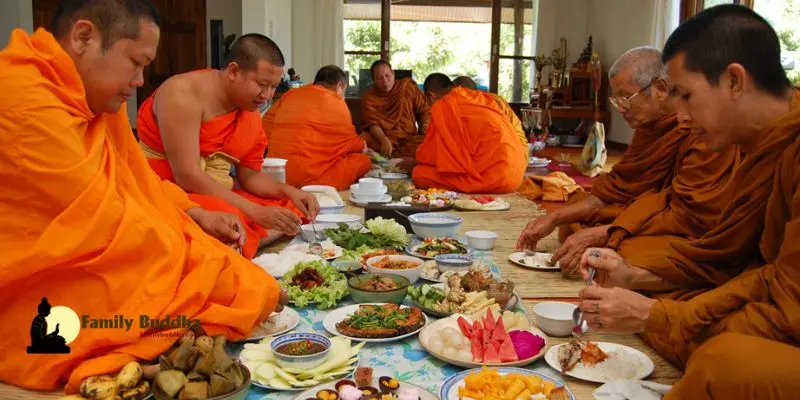Have you ever gazed at the intricate details of a sand mandala, only to witness its eventual dissolution? This captivating dance between creation and dissolution, between “being” and “non-being,” lies at the very heart of Buddhist philosophy, encapsulated in the profound concept of “form and void.” As the Vietnamese proverb eloquently states, “Cái gì có hình đều tan biến” (Everything with form will eventually dissolve). But what does this truly mean, and how can understanding this paradox illuminate our path to enlightenment?
Delving into the Paradox: What Does “Form and Void” Really Mean?
In essence, “form” refers to the tangible world around us – the mountains and rivers, the bustling cities and the quiet forests, even our own bodies and thoughts. It’s the realm of appearances, the reality we perceive with our senses.
“Void,” however, delves deeper. It’s not simply “emptiness” as we typically understand it. Instead, it points to the inherent impermanence of all things, the understanding that everything is in a constant state of flux and change. Imagine a river, ever flowing, never the same from one moment to the next. This constant transformation is the essence of “void.”
The profound realization within Buddhism is that “form is void, and void is form.” This doesn’t imply that the world around us is an illusion. Rather, it encourages us to see beyond the surface, to understand that attachment to the impermanent nature of “form” is the root of suffering.
Unlocking the Truth: How “Form and Void” Shapes Buddhist Teachings
The Heart of the Matter: Impermanence (Anicca)
Just like the Vietnamese saying, “Sông có khúc, người có lúc” (Life has its ups and downs), Buddhism emphasizes the impermanence of all things. Everything, from our physical bodies to our emotions and thoughts, is in a constant state of change. Recognizing this truth allows us to detach from clinging to fleeting pleasures and fearing inevitable losses.
The Interconnected Web of Dependent Origination
The concept of “form and void” is intricately woven with another cornerstone of Buddhist philosophy – Dependent Origination. This principle explains that everything in the universe arises from a web of interconnected causes and conditions. Nothing exists in isolation. Like a tapestry, each thread, each “form,” depends on the others for its existence. Understanding this interconnectedness fosters a sense of compassion and responsibility for all beings.
The Path to Liberation: Letting Go of Attachments
By recognizing the impermanent nature of “form” and embracing the “void,” Buddhism offers a path to liberation from suffering. Clinging to the illusion of permanence leads to attachment, which inevitably brings about suffering when those attachments change or disappear. Embracing the “void,” however, allows us to experience the world with an open heart, free from the shackles of craving and aversion.


